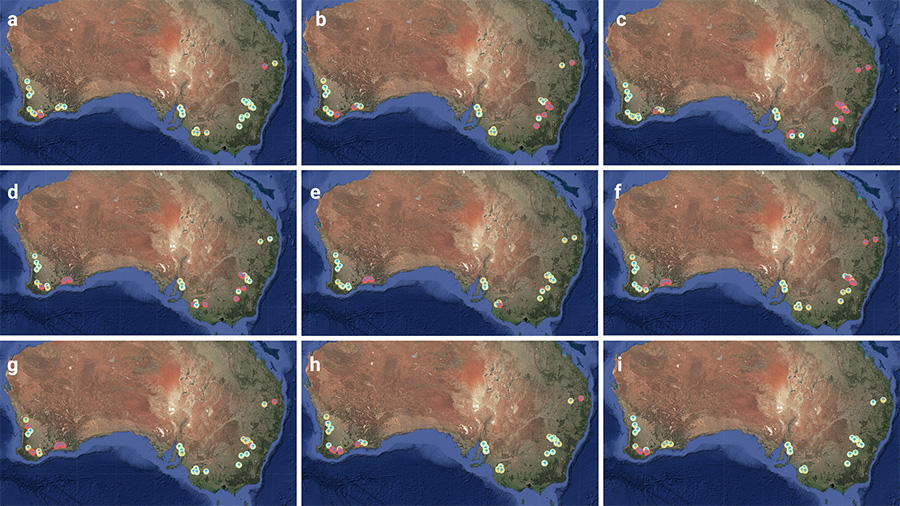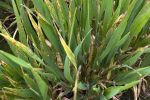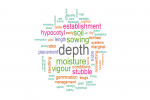In an Australian first, grain growers now have access to accurate, localised data to improve disease management through a project harnessing technology to track airborne disease spore movement.
The three-year, $3.6 million project aims to provide growers and advisers with earlier awareness on the presence of blackleg, botrytis, leaf blights and spots (alternaria species), cereal powdery mildew and general rust in their crops. The Grains Research and Development Corporation (GRDC) investment is led by BioScout with support from several research and commercial partners across Australia.
As part of the project, a network of sensors that capture airborne particles containing fungal spores has been installed. When combined with artificial intelligence (AI) approaches, the data from these sensors allow for early alerts as to potential crop infection, when spores are microscopic and plants are asymptomatic, providing growers with the opportunity for more informed and timely disease management decisions.
GRDC Manager Agriculture Technology Peter Thompson said that presently, growers are reactive to fungal diseases, with detection possible only once disease is visible in crops.
“Growers are already on the back-foot once visual symptoms can be scouted by eye,” Mr Thompson said.
During early infection, spores are microscopic, and plants are asymptomatic, making disease difficult to detect. But at the same time, early infection is the optimal stage to apply fungicides. This project is providing more accurate and localised disease risk information for growers, so they can make more informed decisions on when and where to apply foliar fungicides, helping maximise profit from fungicide use and delay the onset of resistance.
As part of the project, 60 BioScout SporeScout units have been deployed across Western Australia, South Australia, New South Wales, Victoria and Queensland.
The units use air sampling to trap fungal spores, which are photographed using automated microscopy. An AI function then compares these photos to a database of images to detect and identify fungal disease.
Data from the SporeScout units is displayed on BioScout’s online dashboard, with graphs containing the airborne spore concentrations of specific pathogens.

The movement of general Alternaria captured by the BioScout network in January 2025. Red circles indicate the high concentration of the spores moving around over time. Photo: BioScout
BioScout CEO Lewis Collins said that over the 2024 season the network sampled nearly 1 billion litres of air, tracking and reporting on around 1.6 million unseen disease-causing spores in near real-time.
This sampling revealed a staggering 1.2 million spores of general alternaria.
“In another Australian first, we can now monitor and display 'pathogen movement' around the country in near real-time, providing an early warning detection system for many growers,” he said.
“For example, in the last month, waves of general alternaria were seen travelling north to south along the network’s east, then back up again.
“The BioScout powered network is providing a level of unprecedented detail for growers that has not been available before.”
The project is led by BioScout with support from Queensland Department of Agriculture and Fisheries (QDAF), Elders Rural Services Australia, Pairtree Intelligence, WA Department of Primary Industries and Regional Development (WA DPIRD) and the South Australian Research and Development Institute (SARDI), a division of the department of Primary Industries and Regions South Australia (PIRSA).
The BioScout network is free to grain growers for the next 12 months, and BioScout encourages feedback during this period for further development. Growers and agronomists can access the network via the BioScout website.
This project is part of Grain Automate, a GRDC initiative to accelerate the adoption of machine automation, autonomy, and digital intelligence technologies by Australian grain growers.

























































